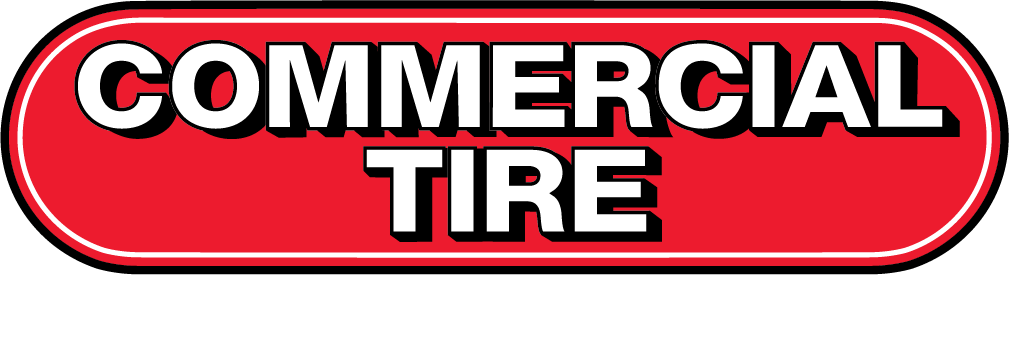Your tires work hard to get you from point A to point B. We often think of tires as a hard, unchanging, fixed object. But, in reality, they’re incredibly interactive with their surroundings. So, it should be no surprise that the effort to keep you moving will cost you some fuel.
In fact, 20% to 30% of a vehicle’s fuel consumption is tire related.
And the reason all comes down to the question: how hard does your engine have to work to keep you at a consistent speed, no matter the terrain?
To answer that, here are two factors that go into how your tires use the energy that results in fuel consumption.
Rolling Resistance.
The second you press on the accelerator; energy is transferred through your vehicle’s engine to get the wheel moving. The rolling resistance is that energy force that not only moves your tire forward but also keeps it at a consistent speed over any surface.
The more energy necessary to keep the tire moving at a consistent speed, the more fuel your engine consumes. So, if your engine must work harder to keep you moving, then you consume more and more fuel.
You can tell when your tire and engine have to put in extra work when you look at your tire’s contact patch.
The Contact Patch
The contact patch is the only section of tire that is constantly in contact with the road. Looking at its condition will show you if your tire is using extra effort to keep you rolling.
Low Tread
If the tread is worn down, then you are more likely to slip and slide over the road, which will require the engine to work harder to keep you steady. One way to combat your tread from wearing down quickly is to get your tires rotated every 5,000 miles, or every time you get your oil changed. If you call Commercial Tire and request an appointment, they can check your tires and rotate your whole set so you’re rolling with the right amount of tread.
Under-Inflation
If you have under-inflated tires, the tire’s outer edge will bulge and widen the contact patch. If your patch is too wide, then too much of your tire will always be in contact with the road and your tread will wear down faster. Which results in the problem mentioned above.
Over-Inflation
Now, if you have over-inflated tires, that bulge will be at the center of your tire, reducing the width of your contact patch, which generates less roll resistance and again, makes your engine work harder.
Are you seeing a pattern here?
You don’t want your engine to put in overtime if it doesn’t have to because that means it consumes more fuel.
So, one of the best things you can do for your fuel efficiency is make sure you’re always driving on properly inflated tires with the correct amount of tread. Once a month, stop by Commercial Tire for a free tire check and air pressure top off.
Another thing that you can do to optimize your engine’s energy is to stop by Commercial Tire and get a set of low rolling resistance tires like Bridgestone Ecopia or Firestone Champion.
